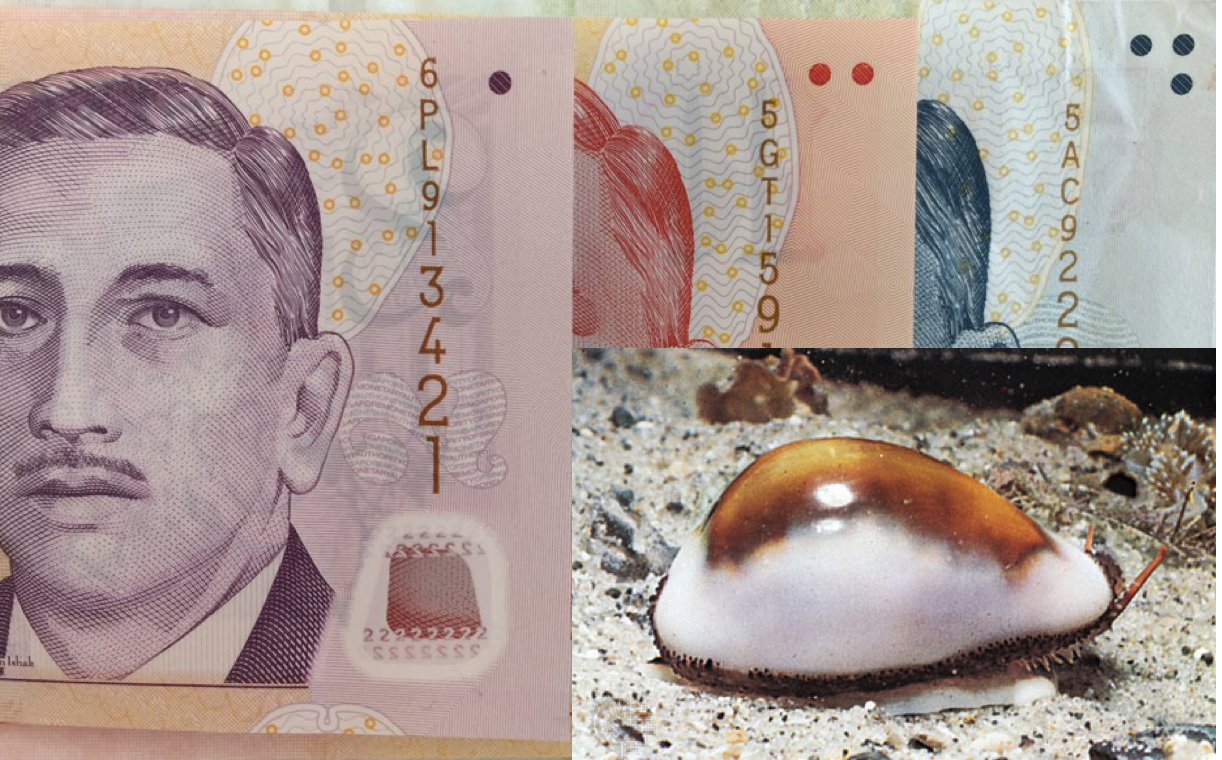Even though we see banknotes ($_$) everyday, we hardly notice the details in their design.
Our money (particularly banknotes) has seen various designs ever since they were introduced in 1967, and the portrait series is currently in circulation.
And most of us will probably know that our late first president Yusof Ishak's portrait is the most prominent feature in the current series.
Some of you might also be aware that there are different themes printed on the obverse background of each note, such as
Education on the $2 note,
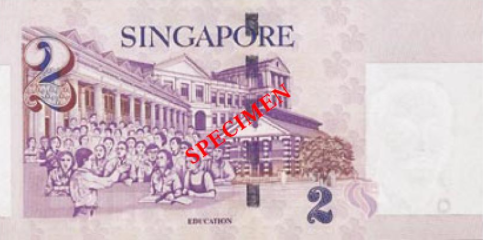 Source: Singapore Statutes Online
Source: Singapore Statutes Online
Garden City on the $5 note,
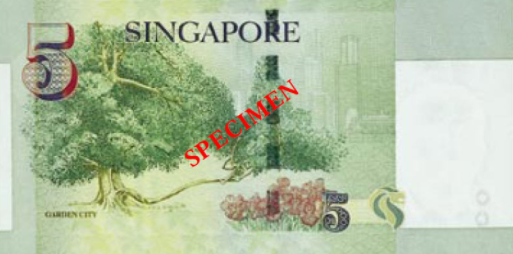 Source: Singapore Statutes Online
Source: Singapore Statutes Online
and Sports in the $10 note.
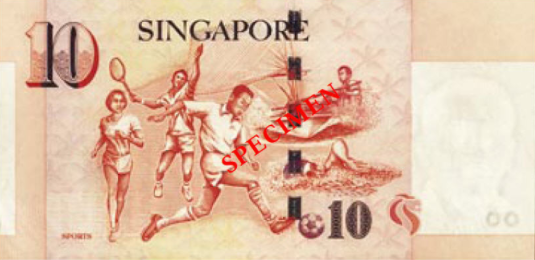 Source: Singapore Statutes Online
Source: Singapore Statutes Online
However, it is a lesser-known fact that you can also find different cowrie shells on each denomination.
At this point, you probably have a lot of questions. So, we are going to answer some of them:
What are cowrie shells, can eat or not?
If you don't know what cowries are, they are marine snails (probably cannot eat one). Many cowrie species can be found on Singapore's shores.
This is what a cowrie shell might look like (there are, of course, many different types):
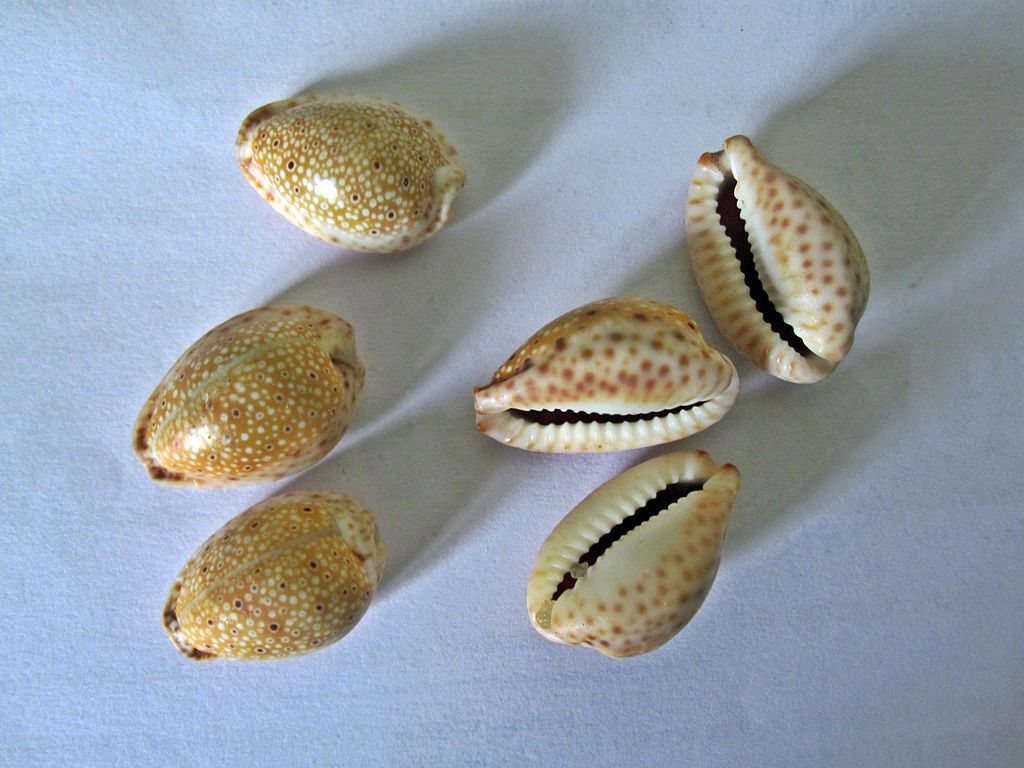 Photo by Sodabottle via Wikimedia commons.
Photo by Sodabottle via Wikimedia commons.
I don't see any shells on my money. Where are they??
The cowrie shells can be found to the top right of Yusof Ishak's head and each denomination features a different type of cowrie.
For instance, the $2 note features the money cowrie.
 Adapted from Taxo4254 and photo of note by Tanya Ong.
Adapted from Taxo4254 and photo of note by Tanya Ong.
The $10 note features the most commonly-found cowrie in Singapore, the wandering cowrie.
 Adapted from Taxo4254 and photo of note by Tanya Ong.
Adapted from Taxo4254 and photo of note by Tanya Ong.
And the cylindrical cowrie can be found on the $50 note.
 Adapted from Taxo4254 and photo of note by Tanya Ong.
Adapted from Taxo4254 and photo of note by Tanya Ong.
Yes, they look more like abstract art than actual shell prints, which is why most people will not be able to tell that they're there on our money.
The patterns do look pretty similar to one another too. But upon closer inspection, you will find that the shape of the shells have very subtle differences.
Take a look at them side by side for comparison:
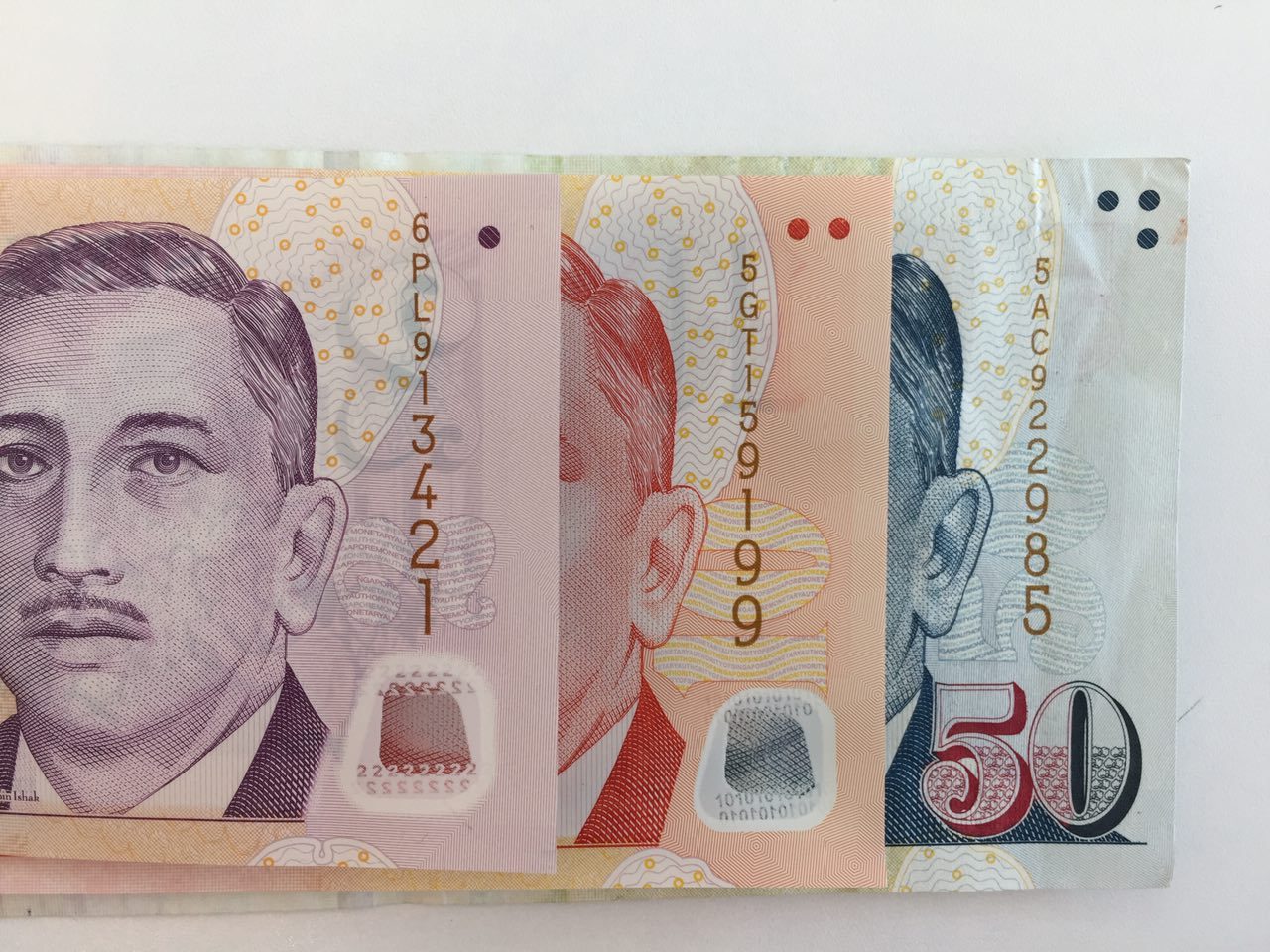 Photo by Tanya Ong.
Photo by Tanya Ong.
Why are the shells of marine snails on our banknotes?
The historical roots of money can be traced to these shells as a form of currency.
Among the shells, cowries were the most frequently used. They would be threaded on strings to form higher denominations.
[caption id="" align="aligncenter" width="512"] Image via[/caption]
Image via[/caption]
So, the shells symbolise money.
Huh? So shells were used as money in early Singapore?
Possibly. According to the book From Cowries to Credit Cards: “Primitive settlements in the Malay peninsular, with histories stretching back to the Stone Age, used cowrie shells.”
But we can't be entirely sure either, because Chinese brass coins have been found at Fort Canning Hill and the new Parliament House Complex, dating back to as early as the 10th and 11th centuries, which suggest their use here during those times.
In Singapore's early years under the British, a mishmash of non-Straits Settlements currencies, like the Spanish, Mexican and Hong Kong dollars, were used for trade in Singapore.
[caption id="" align="aligncenter" width="1016"]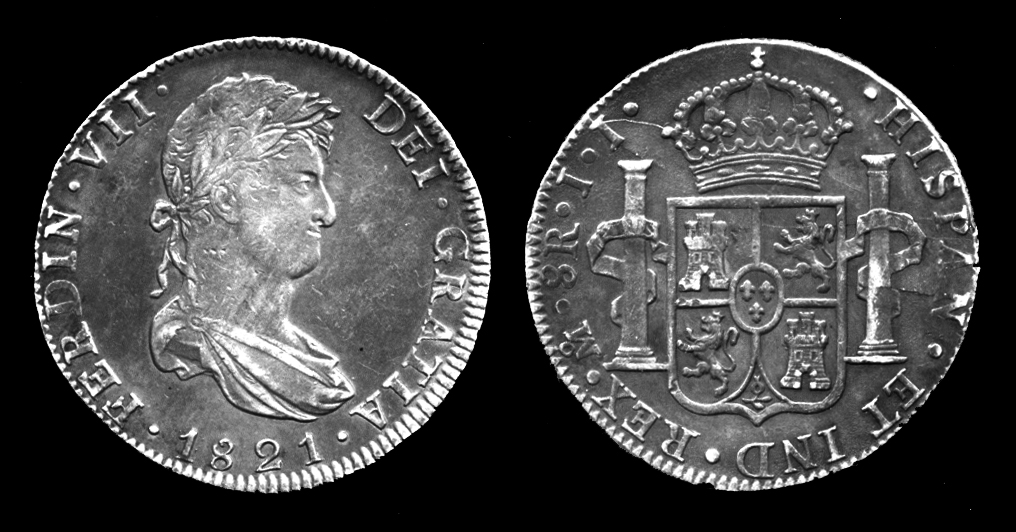 Spanish Dollar coin. Source: Wikipedia[/caption]
Spanish Dollar coin. Source: Wikipedia[/caption]
The Spanish dollar was the international currency of the day when Raffles founded Singapore in 1819. If you remember your history, the British promised to pay the Sultan of Johor an annual sum of 5,000 Spanish dollars for allowing them to set up a port here.
It was only in 1899, 80 years after Singapore's modern founding, that the British introduced Straits Settlements currency notes, which became Singapore's first local currency.
[caption id="" align="aligncenter" width="900"] Source: Wikipedia[/caption]
Source: Wikipedia[/caption]
Cash-less?
At the recent National Day Rally on Aug. 20, Prime Minister Lee Hsien Loong pointed out that Singapore needed to move towards going cashless in the drive to embrace technology and become a Smart Nation.
It seems that there are some obstacles to overcome first, though:
mrbrown: S’pore slow on going cashless because we’ve too many cards
What will be the way forward for cold hard cash? Will it one day be obsolete?
We're not sure either, but it does have a long history up till this point.
Top image adapted from photo by Tanya Ong and Britannica.
Here are some totally unrelated but equally interesting stories:
In defense of millennials: NYC survey shows they may be the best yet
Working person, this is the secret to how you can realistically prepare for retirement
6 signs you were born to be an engineer
Related articles:
If you like money, here’s what our old money looked like from the 60s to 90s
50 years ago today, S’pore issued its first series of currency
[related_story]
If you like what you read, follow us on Facebook, Instagram, Twitter and Telegram to get the latest updates.
